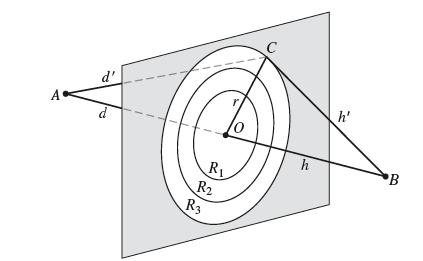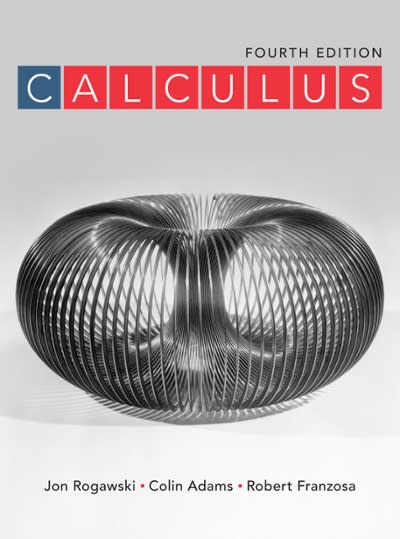A light wave of wavelength travels from A to B by passing through an aperture (circular
Question:
A light wave of wavelength λ travels from A to B by passing through an aperture (circular region) located in a plane that is perpendicular to AB (see Figure 11 for the notation). Let ƒ(r) = d' + h'; that is, ƒ(r) is the distance AC + CB as a function of r.
(a) Show that ƒ(r) = √d2 + r2 + √h2 + r2, and use the Maclaurin polynomial of order 2 to show that

(b) The Fresnel zones, used to determine the optical disturbance at B, are the concentric bands bounded by the circles of radius Rn such that ƒ(Rn) = d + h + nλ/2. Show that Rn ≈
√nλL, where L = (d−1 + h−1)−1.
(c) Estimate the radii R1 and R100 for blue light (λ = 475 × 10−7 cm) if d = h = 100 cm.

Fantastic news! We've Found the answer you've been seeking!
Step by Step Answer:
Related Book For 

Question Posted:





